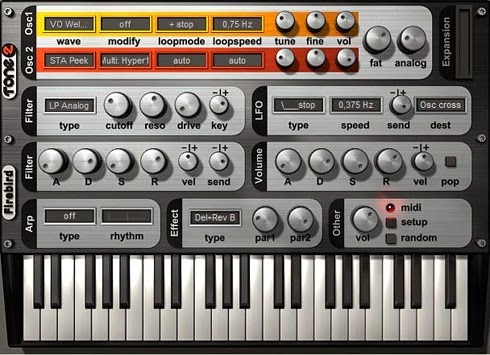Break Selection is a collection of Vintage Drum Breaks including 175 drum loops produced by Sample Magic.
It contains drum kit and hi-hat loops recorded in the very best high-end studios with rare mics, pre-amps and vintage outboard equipment.
The grooves have been meticulously laid down by some of the industry's top players for an authentic feel and vibe across the board. Modern and retro combinations of equipment, mic placements and mixing techniques have been utilized to re-create the very best drum sounds from the decades. This pack is free; you must own Live 9 to use it.











